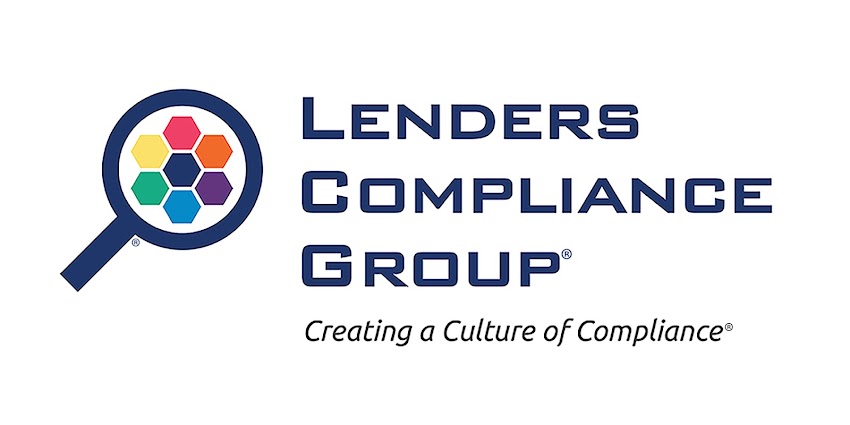QUESTION
We are a mortgage lender establishing an Employee Incentive Compensation Plan for all employees, including our loan officers, based upon the tenure of each employee with the Company. Following a six month probation period, each employee earns one share for each full month of employment with the Company. The Incentive Compensation Pool from which each employee will be paid equals 8 percent of the Company’s annual net income from profits. The value of each share (“Share Value”) will be equal to the Incentive Compensation Pool divided by the total number of employee shares earned by all eligible employees. On an annual basis, each employee will be paid an amount equal to the total number of shares earned by the employees multiplied by the Share Value.
Is this Employee Incentive Compensation Plan acceptable under the Loan Originator Compensation Rule?
ANSWER
With respect to Loan Officers, the Employee Incentive Compensation Plan has the potential to violate the “10 percent limit” rule. As discussed below, the Plan should include a limitation on the amount of Incentive Compensation that may be paid to an LO who consummates more than 10 transactions in the calendar year to 10 percent of the LO’s total compensation corresponding to the calendar year for which the compensation under the Plan is paid.
The Incentive Compensation Pool is based upon net profit earned by the company in a given year. As a general rule, an LO cannot receive compensation that is determined with reference to profits. There are some exceptions to this general rule, such as the “10 percent limit”. As the incentive compensation is being paid out of a bonus pool established with reference to the company’s mortgage related business profits it is subject to the additional rules regarding non-deferred profits based compensation. [12 CFR §1026.36(d); Official Interpretation Comment 36(d)(1)-1 and 36(d)(1)-3.ii]
Compensation may be paid to a LO under a non-deferred profits based compensation plan provided one of the following circumstances is met.
1) Compensation paid, in the aggregate, does not exceed 10 percent of the LO’s total compensation corresponding to the time period for which the compensation under the non-deferred profits based compensation plan is paid (the “10 percent limit”); or
2) The individual was an LO for 10 or fewer transactions consummated during the 12 month period preceding the date of the compensation determination.
[12 CFR §1026.36(d)(1)(iv)]
With respect to (1) above, total compensation includes all of the LO’s wages and tips reportable for Medicare purposes. It can also include all contributions the company paid to the LO’s accounts in designated tax advantaged plans that are defined contribution plans. [12 CFR §1026.36(a)(3)]
Additionally, the cash value of any awards of merchandise, services, trips, etc., should be included. [12 CFR §1026.36(a)(3)] You determine whether the compensation complies with the 10 percent limit by measuring the ratio of compensation subject to the 10 percent limit and the total compensation earned during the relevant time period for which you paid compensation under the plan. [Official Interpretation Comment 36(d)(1)-3.v.D.]
Consider the following example. Let’s assume Joe is an LO. Under the Plan, he is eligible to receive incentive compensation in the amount of $18,000.00. According to the parameters set forth in the Plan, the bonus pool is based on net profits for the preceding year. Let’s further assume that Joe earned $160,000, received $10,000 in contribution to a tax advantage defined contribution plan, and received the $18,000.00 incentive compensation which totals $188,000.00 for the calendar year. As the incentive compensation does not exceed 10 percent of total compensation, it is permissible.
However, let’s assume Joe only earned $90,000, including the incentive compensation. Payment of the $18,000.00 incentive compensation would violate the 10 percent limit, as such constitutes over 20 percent of total compensation received by Joe. Of course, if Joe originates 10 or fewer loans during the preceding calendar year, the payment would be permissible under exception (1) above.
Joyce Pollison
Director/Legal & Regulatory Compliance
Lenders Compliance Group
